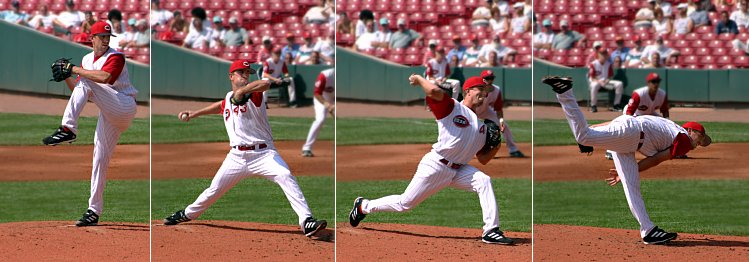Joule: Difference between revisions
No edit summary |
Energy>Jmdonev No edit summary |
||
| Line 1: | Line 1: | ||
[[Category:Done | [[Category:Done 2020-01-31]] | ||
<onlyinclude>A '''joule''' is the [[SI]] base unit for [[energy]]. It is equal to <math>1 \frac{kgm^2}{s^2}</math>.<ref>APS Physics. (2015). Energy Units [Online]. Available: http://www.aps.org/policy/reports/popa-reports/energy/units.cfm [February 20, 2015].</ref></onlyinclude> In physical terms, lifting an apple one [[meter]] takes 1 joule of energy. This should not be confused with a [[watt]] which is a [[units|unit]] of [[power]] and a rate of how fast energy is used. | <onlyinclude>A '''joule''' is the [[SI]] base unit for [[energy]]. It is equal to <math>1 \frac{kgm^2}{s^2}</math>.<ref>APS Physics. (2015). Energy Units [Online]. Available: http://www.aps.org/policy/reports/popa-reports/energy/units.cfm [February 20, 2015].</ref></onlyinclude> In physical terms, lifting an apple one [[meter]] takes 1 joule of energy. This should not be confused with a [[watt]] which is a [[units|unit]] of [[power]] and a rate of how fast energy is used. | ||
While the joule is the [[SI]] base unit for energy, when speaking in real-world terms, we often use the [[kilowatt-hour]] (kWh) instead. This is due to the fact that a joule is an extremely small amount of energy. To put how small a joule is into perspective, a [[liter]] of [[gasoline]] has 31,536,000 joules of energy in it. A kilowatt-hour is equal to 3,600,000 joules. Therefore, a liter of gasoline has 8.76 kW/hr of energy in it, which is a much more manageable number. | While the joule is the [[SI]] base unit for energy, when speaking in real-world terms, we often use the [[kilowatt-hour]] (kWh) instead. This is due to the fact that a joule is an extremely small amount of energy. To put how small a joule is into perspective, a [[liter]] of [[gasoline]] has 31,536,000 joules of energy in it. A kilowatt-hour is equal to 3,600,000 joules. Therefore, a liter of gasoline has 8.76 kW/hr of energy in it, which is a much more manageable number. | ||
[[File:pitching.jpg|800px|center|thumb|Figure 1. A 250 g baseball traveling at 20 m/s (72 kph) has 50 joules of kinetic energy.<ref>Wikimedia Commons [Online], Available: https://upload.wikimedia.org/wikipedia/commons/2/25/Baseball_pitching_motion_2004.jpg</ref>]] | |||
==Conversions== | ==Conversions== | ||
Revision as of 21:16, 19 January 2020
A joule is the SI base unit for energy. It is equal to .[1] In physical terms, lifting an apple one meter takes 1 joule of energy. This should not be confused with a watt which is a unit of power and a rate of how fast energy is used.
While the joule is the SI base unit for energy, when speaking in real-world terms, we often use the kilowatt-hour (kWh) instead. This is due to the fact that a joule is an extremely small amount of energy. To put how small a joule is into perspective, a liter of gasoline has 31,536,000 joules of energy in it. A kilowatt-hour is equal to 3,600,000 joules. Therefore, a liter of gasoline has 8.76 kW/hr of energy in it, which is a much more manageable number.

Figure 1. A 250 g baseball traveling at 20 m/s (72 kph) has 50 joules of kinetic energy.[2]
Conversions
To read more about the Joule, click here
For Further Reading
References
- ↑ APS Physics. (2015). Energy Units [Online]. Available: http://www.aps.org/policy/reports/popa-reports/energy/units.cfm [February 20, 2015].
- ↑ Wikimedia Commons [Online], Available: https://upload.wikimedia.org/wikipedia/commons/2/25/Baseball_pitching_motion_2004.jpg

